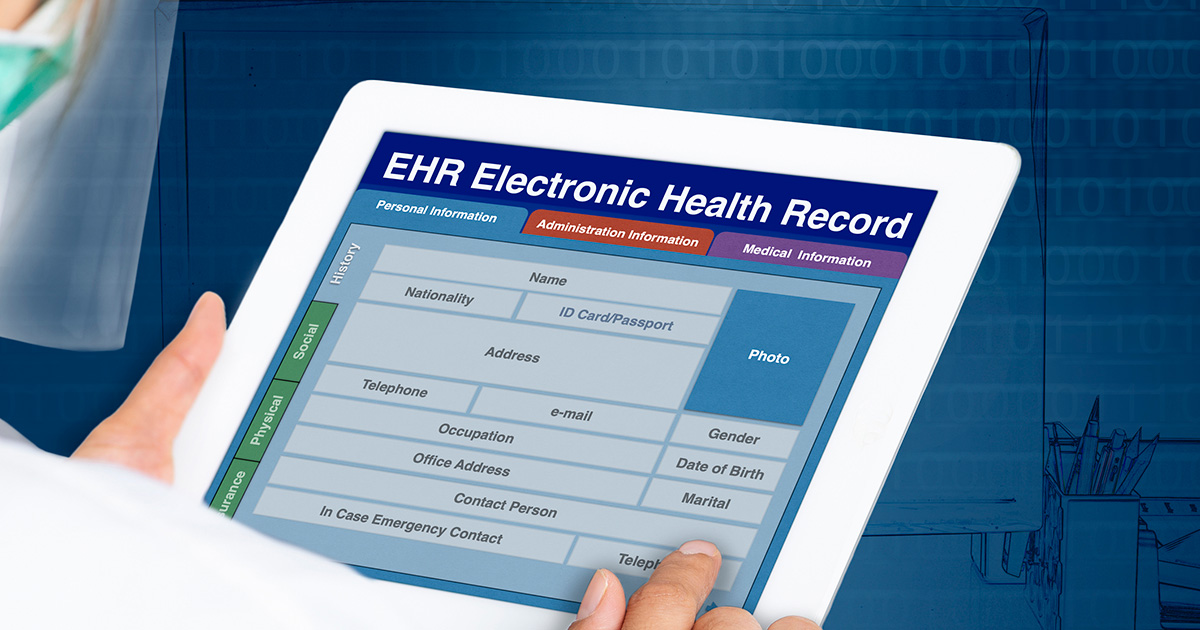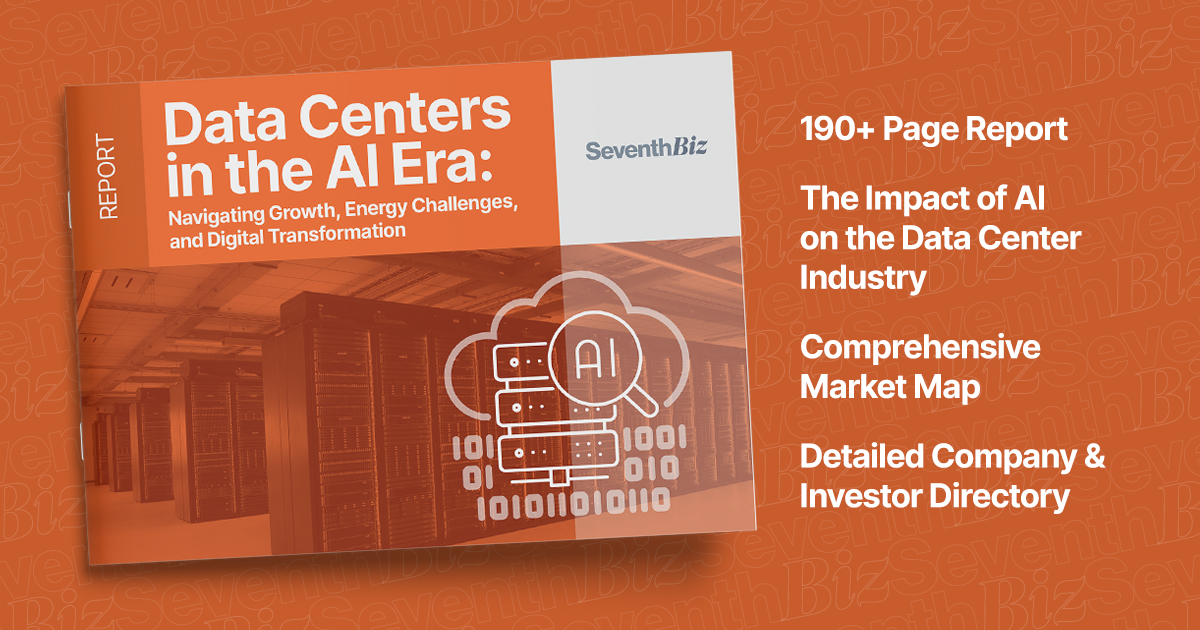
The Pitfalls of Investment Reports: What I Learned as a Wealth Manager
During my career in banking and wealth management, I quickly discovered a painful truth: most investment reports were hard to digest, overly technical, and, often,

In today’s rapidly evolving healthcare landscape, Electronic Health Records (EHRs) play a crucial role in managing patient information and streamlining healthcare operations. When looking to capitalize on this dynamic sector, understanding when healthcare providers should switch EHR systems can reveal key opportunities for growth and innovation. This blog delves into the functions of EHRs, the impacts of switching systems, and critical considerations for investors in this space.
EHRs are vital components of Healthcare IT. In a 2022 qualitative study focusing on clinicians’ lived experiences, the interview results align with previous literature regarding how EHR enhances the quality of care, particularly when it comes to features that assist with clinical activities and information exchange. EHR systems can span a wide array of functions:
Contain Patient Information: EHRs store extensive details about a patient’s medical history, including diagnoses, medications, treatment plans, immunization dates, allergies, radiology images, and lab results. This comprehensive data collection not only improves patient care but also offers valuable insights for data-driven decision-making, a crucial factor for investors looking at long-term gains.
Automate and Streamline Provider Workflow: EHRs improve operational efficiency by automating tasks such as appointment bookings, reminders, rescheduling, financial reporting, billing, and payments. For investors, this translates into reduced operational costs and increased productivity, thereby enhancing the overall value proposition of healthcare providers.
Create and Manage Health Information: EHRs facilitate the creation and management of health information, improving care quality and patient engagement through online portals with secure messaging and telehealth services. This not only elevates patient satisfaction but also opens up new revenue streams through innovative care models, appealing to investors focused on future growth.
Access to Evidence-Based Tools: EHRs provide access to tools that aid providers in making informed decisions about patient care, enhancing clinical performance. From an investment perspective, these capabilities can lead to better patient outcomes and lower healthcare costs, making EHR vendors with advanced analytics tools highly attractive.
Share Information with Other Healthcare Providers and Organizations: EHRs can support the seamless sharing of information among various healthcare entities, leading to better care coordination and health information exchange. This interoperability is becoming a key differentiator in the market, with platforms that excel in this area likely to attract substantial investor interest.
Switching EHR systems is a significant undertaking for any healthcare organization. This change holds the opportunity for huge benefits, but it can also come with several challenges and impacts to consider for all parties:
Technological Advancements: Hospitals may consider switching to a different EHR system to take advantage of technological advancements, such as improved features, interoperability—the secure sharing and integration of healthcare data with other providers—and data management capabilities. For investors, platforms that lead in these areas represent high-growth opportunities, offering competitive advantages and positioning them as leaders in the evolving healthcare IT landscape.
Financial Impacts: The cost of switching, including the total cost of ownership, maintenance, training, and potential return on investment, plays a crucial role in the decision. Industry investment trends show that EHR systems with proven ROI, such as those reducing administrative costs by up to 30% and improving billing accuracy, are particularly attractive to venture capitalists. Moreover, the scalability and long-term savings offered by advanced EHR systems can significantly enhance their appeal.
Patient Satisfaction: The effect of a new EHR system on patient experience and satisfaction is another critical consideration, particularly with the rise of mobile health applications and telemedicine technology. EHR platforms that enhance patient engagement through user-friendly interfaces and robust telehealth integration are gaining traction. Investors should note that improved patient satisfaction often correlates with better patient retention and increased revenue streams for healthcare providers.
Clinical Performance: EHR systems can influence clinical performance, including care processes and patient outcomes, through improved EHR software features and healthcare data analytics. For instance, systems that incorporate predictive analytics and AI-driven decision support tools are transforming clinical workflows and outcomes. These innovations present lucrative opportunities for investors, with the potential to revolutionize healthcare delivery and efficiency.
User Resistance and Training: Overcoming staff resistance to training and managing workflow disruptions are common issues during an EHR switch, emphasizing the need for effective EHR implementation strategies. Comprehensive training and EHR usability can make or break the transition process for a team of healthcare professionals. Systems that offer intuitive user interfaces and extensive support services are more likely to be adopted smoothly, making them safer bets for investment.
Data Transfer and Migration: Ensuring data integrity and managing the expenses associated with transferring patient data is a necessary, but time-consuming challenge teams must be prepared to tackle. EHR systems that provide robust data migration tools and support can mitigate these challenges, offering a smoother transition and reducing the risk of data loss. Investors should prioritize vendors with a track record of successful migrations and strong data management capabilities.
Patient Safety and Data Integrity: Limited access to legacy records during the transition can threaten patient safety, making data integrity during migration a critical priority and concern. EHR systems that guarantee secure and accurate data transfer are essential for maintaining patient safety and continuity of care. Platforms that excel in this area are not only safer choices for healthcare providers but also more attractive investment opportunities due to their reliability and trustworthiness.
The EHR market has witnessed remarkable growth in recent years, underpinned by the rapid digitization of the healthcare industry and the increasing emphasis on data-driven patient care. The global EHR market is currently estimated to be valued at around $30 billion, and it is projected to continue its upward trajectory over the next decade, with some estimates showing a market value of over $60 billion by 2034.

Switching EHR systems is a complex decision that requires careful consideration of various factors, including technological advancements, financial impacts, and patient satisfaction. By asking the right questions and planning meticulously, healthcare organizations can navigate the transition efficiently and effectively.
To learn more about these recent technological advances and why this next generation of EHR systems is poised to offer even more remarkable capabilities, read our post, Embracing the Next-Generation Trends in Electronic Health Records.
Interested in understanding the latest insights into EHR investment trends? Purchase our comprehensive market research report, Electronic Health Records Market 2024, and gain exclusive access to:
Stay ahead of the curve and make informed investment decisions. Purchase our full market research report today and position yourself at the forefront of the EHR revolution.

During my career in banking and wealth management, I quickly discovered a painful truth: most investment reports were hard to digest, overly technical, and, often,

From the cloud services we rely on daily to the AI algorithms personalizing our digital experiences, AI-driven data centers are quickly becoming the cornerstone of

From the cloud services that fuel our workdays to the algorithms that personalize our digital experiences, AI-driven data centers are the unseen force driving modern

As we step into 2025, the investment landscape continues to be shaped by rapid technological advancements, shifting market demands, and emerging global challenges. Market industry

Artificial Intelligence (AI) is no longer a distant dream—it’s a powerful force reshaping industries. From diagnosing complex medical conditions to redefining patient care, AI is